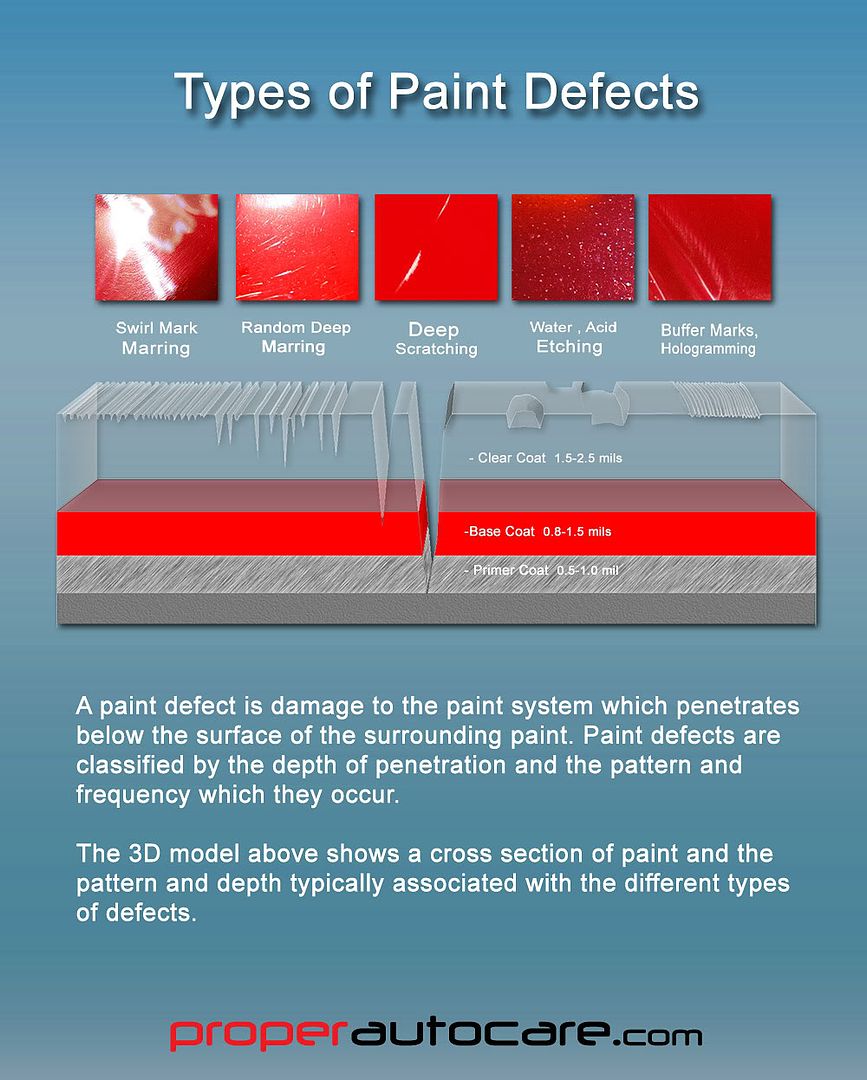let me meet your costumers and i'll show them what the H**L swirl marks are...since i pretty convince that you don't even know what swirl marks are


 Here's the link to this miracle product:
Here's the link to this miracle product: 
 I bet Bill is knocking down some serious paint defects when he's strapping one of these bad boys on!
I bet Bill is knocking down some serious paint defects when he's strapping one of these bad boys on! 





 ont over-estimate what a wax can do.Finally, Markbaja says:A wax alone will not remove swirls, you need correction which means I have to use an abrasive which will add more swirls to my paint. I am missing something here? I want to protect
ont over-estimate what a wax can do.Finally, Markbaja says:A wax alone will not remove swirls, you need correction which means I have to use an abrasive which will add more swirls to my paint. I am missing something here? I want to protect

 ont over-estimate what a wax can do.Finally, Markbaja says:A wax alone will not remove swirls, you need correction which means I have to use an abrasive which will add more swirls to my paint. I am missing something here? I want to protect
ont over-estimate what a wax can do.Finally, Markbaja says:A wax alone will not remove swirls, you need correction which means I have to use an abrasive which will add more swirls to my paint. I am missing something here? I want to protect
Leave a comment: